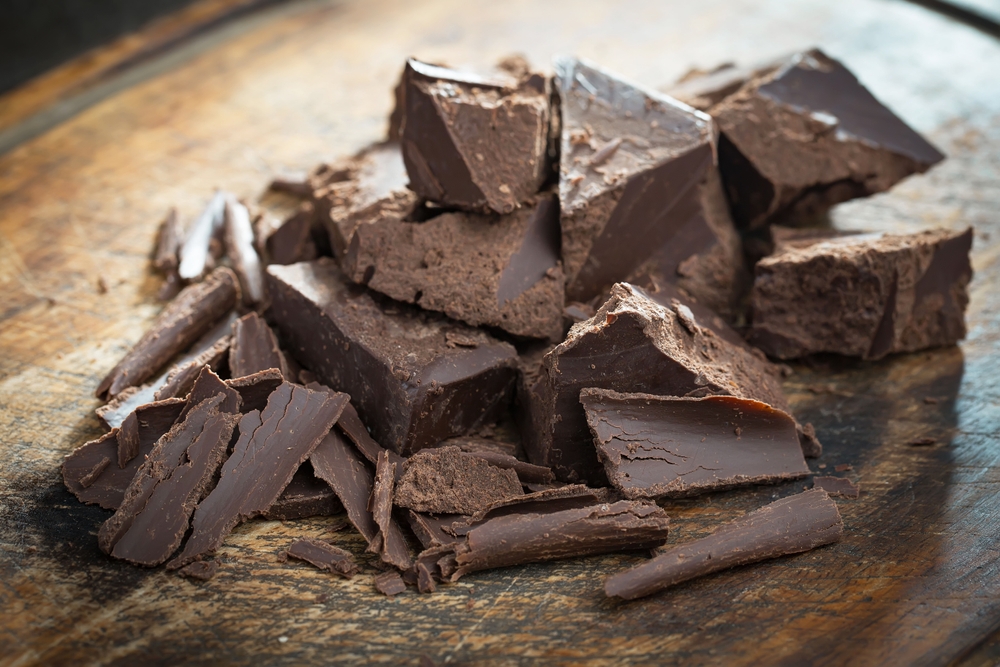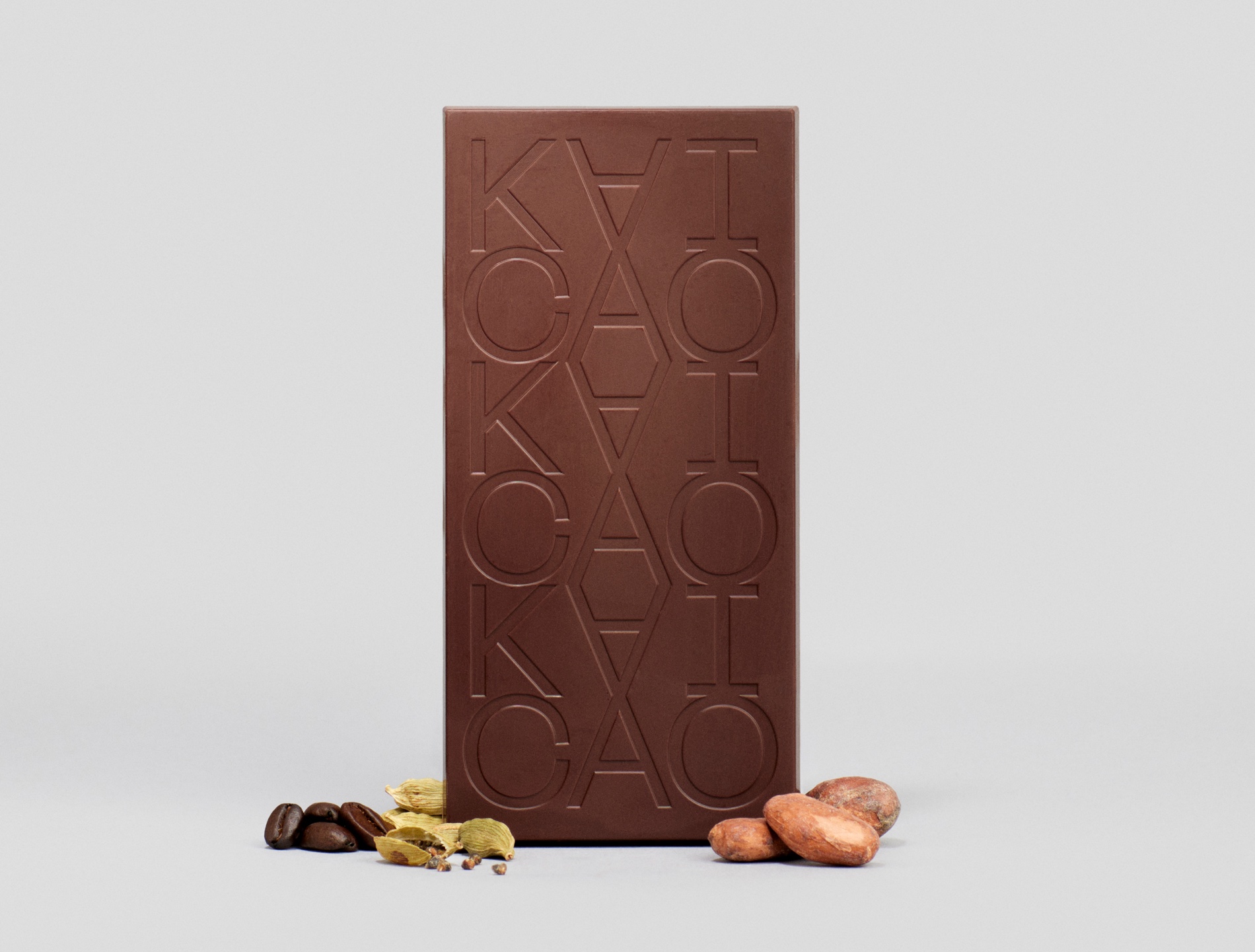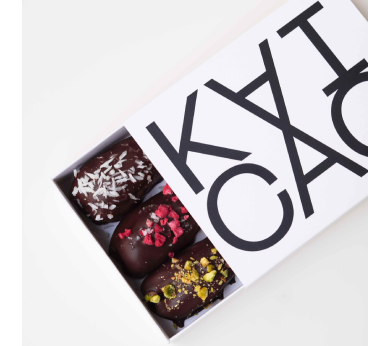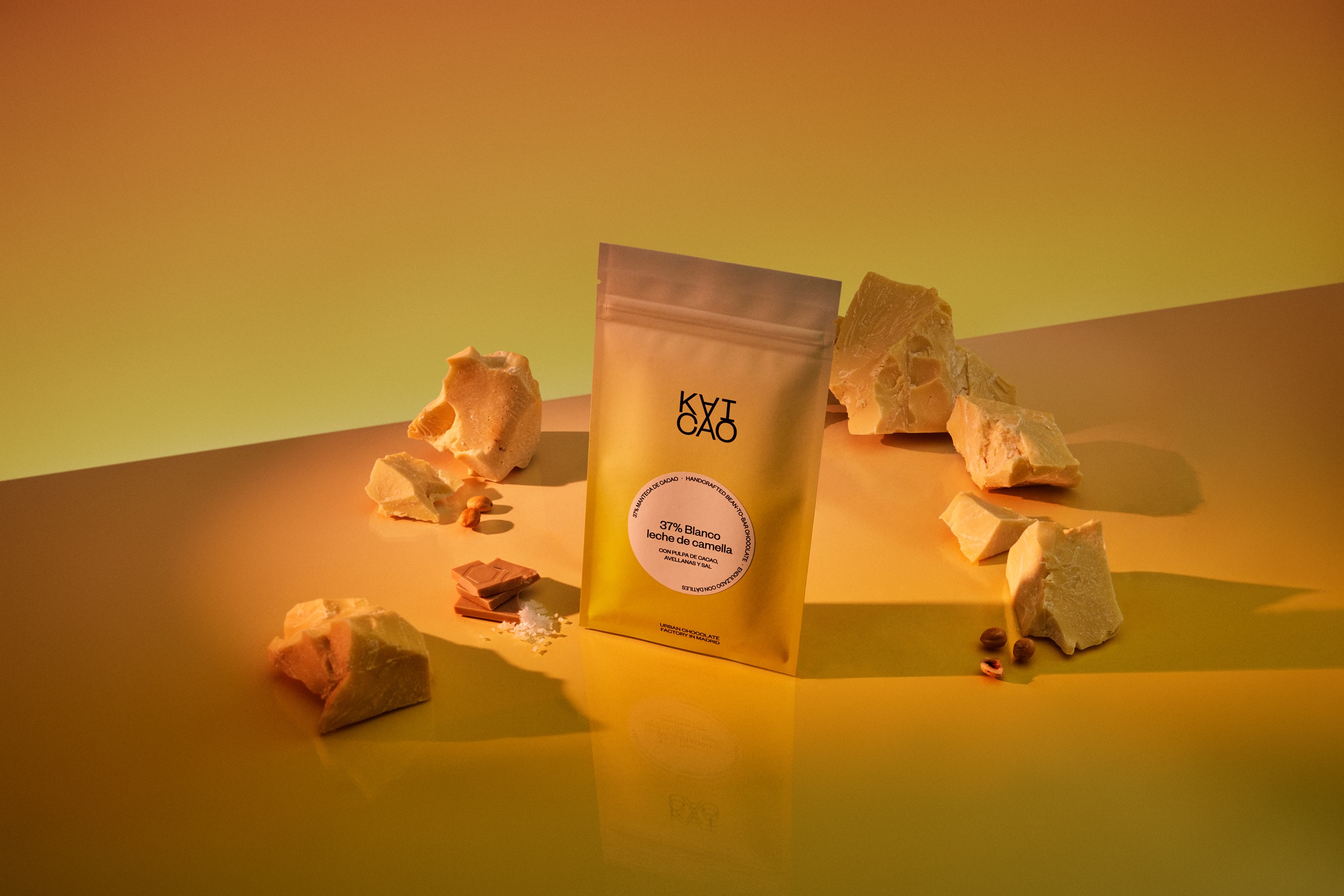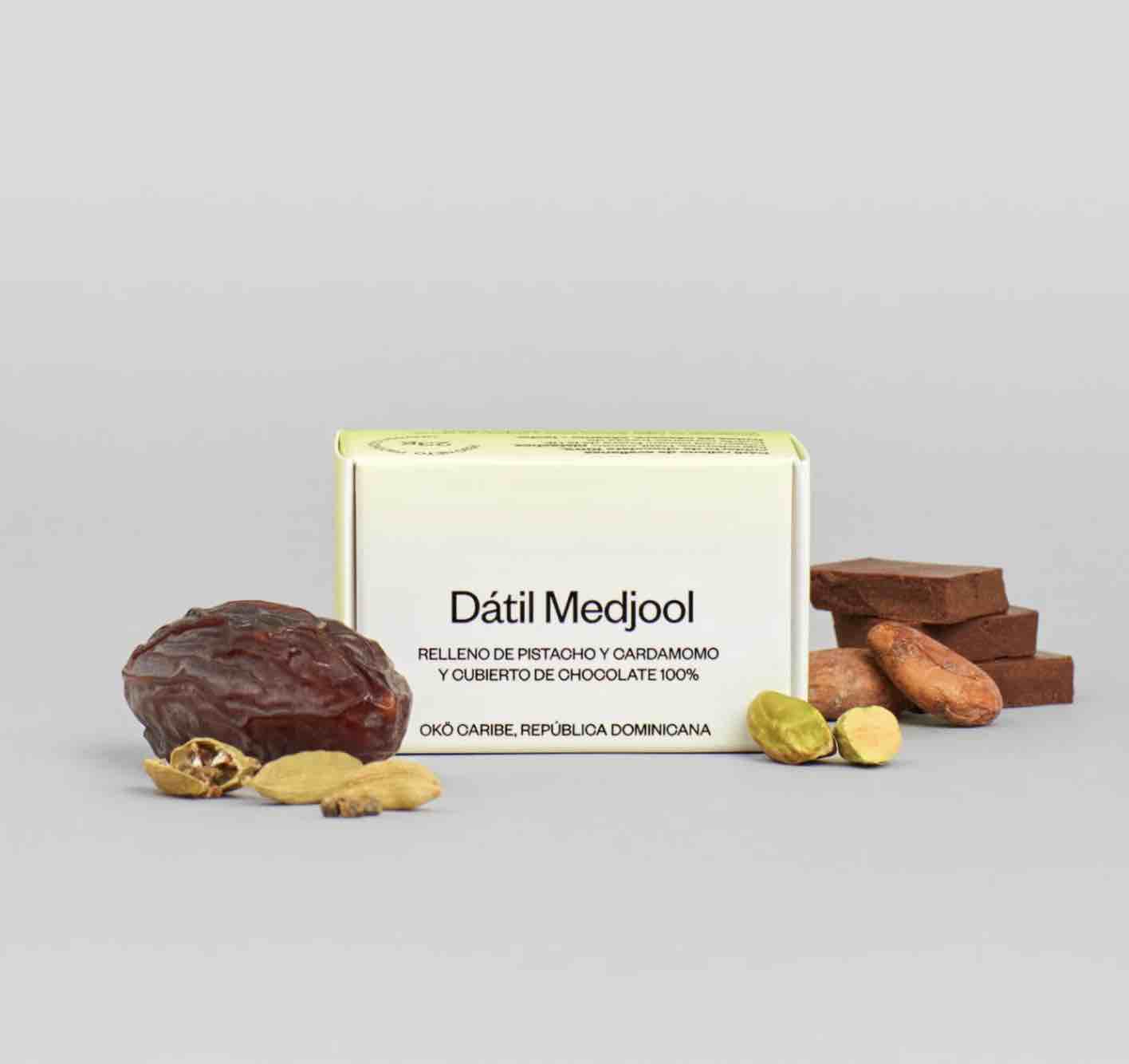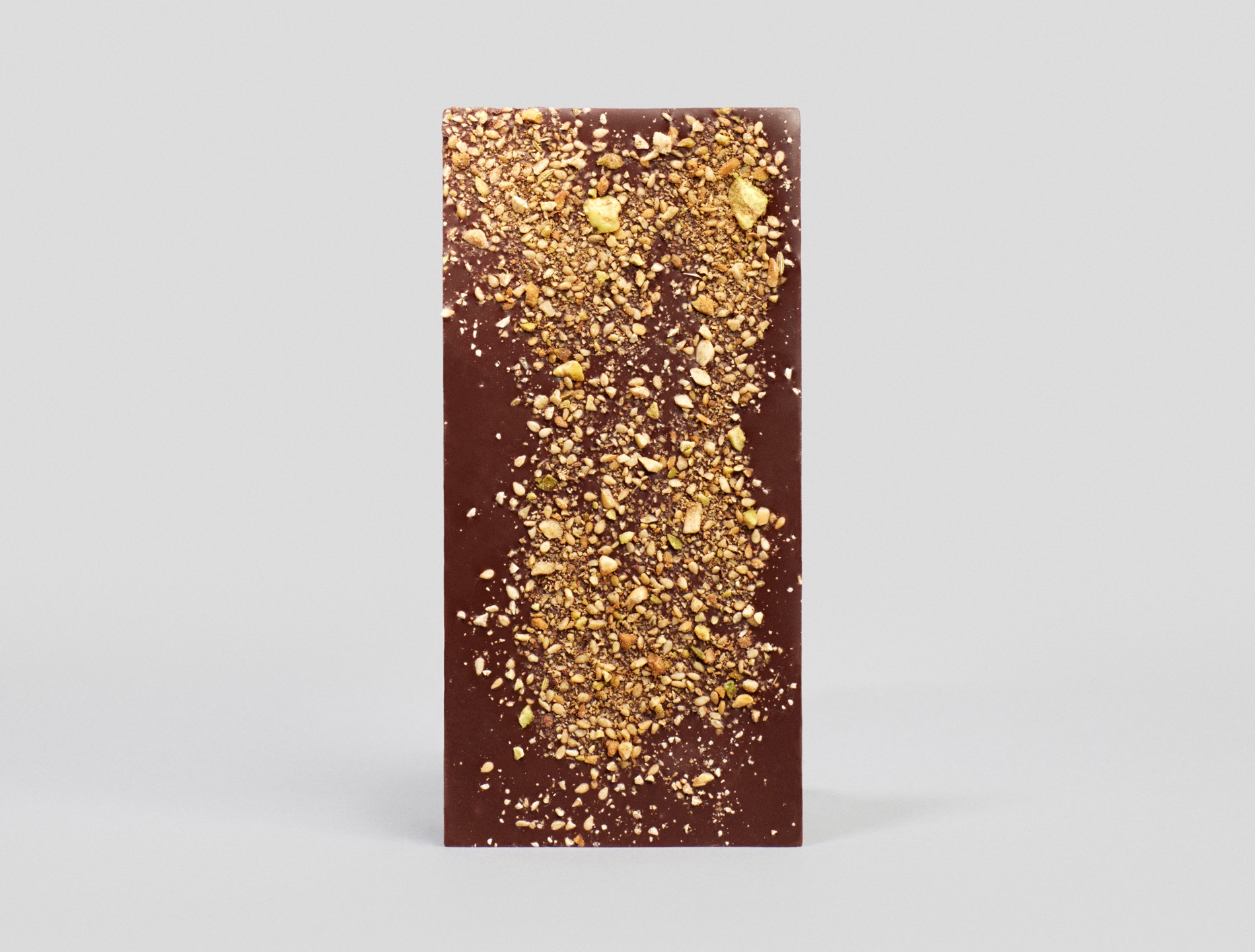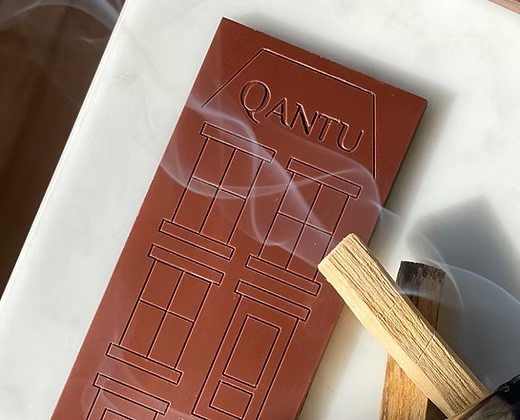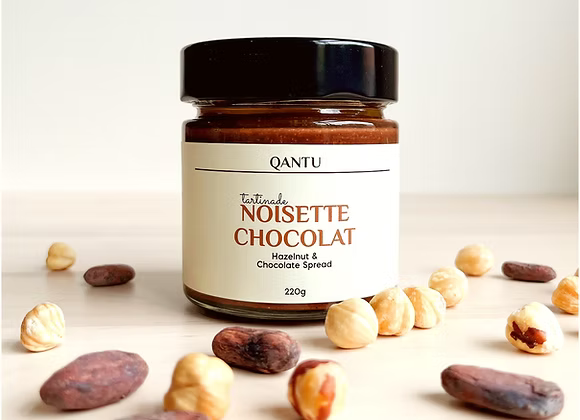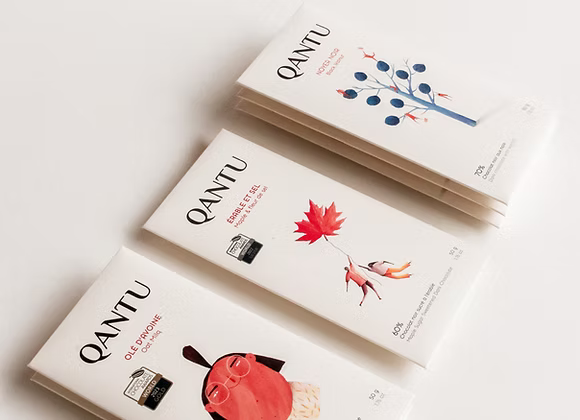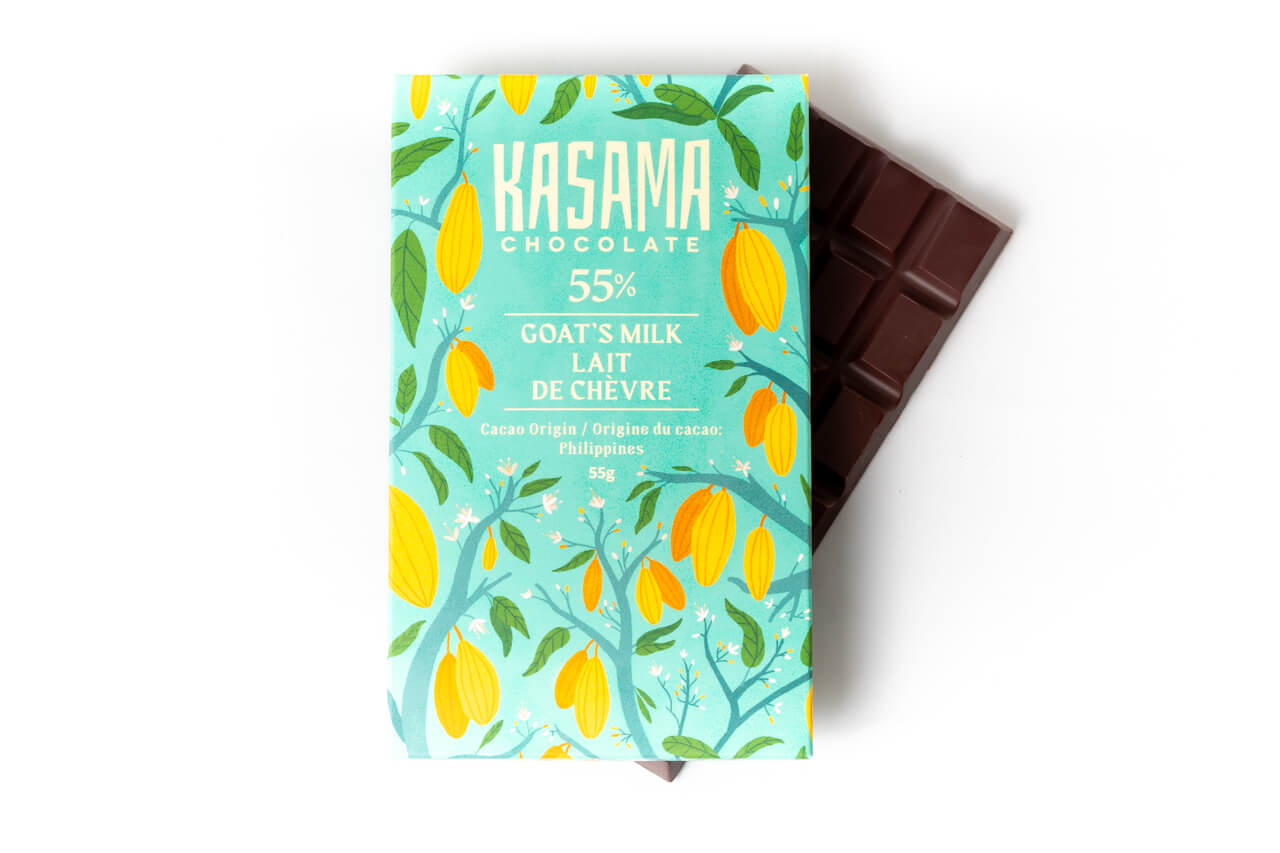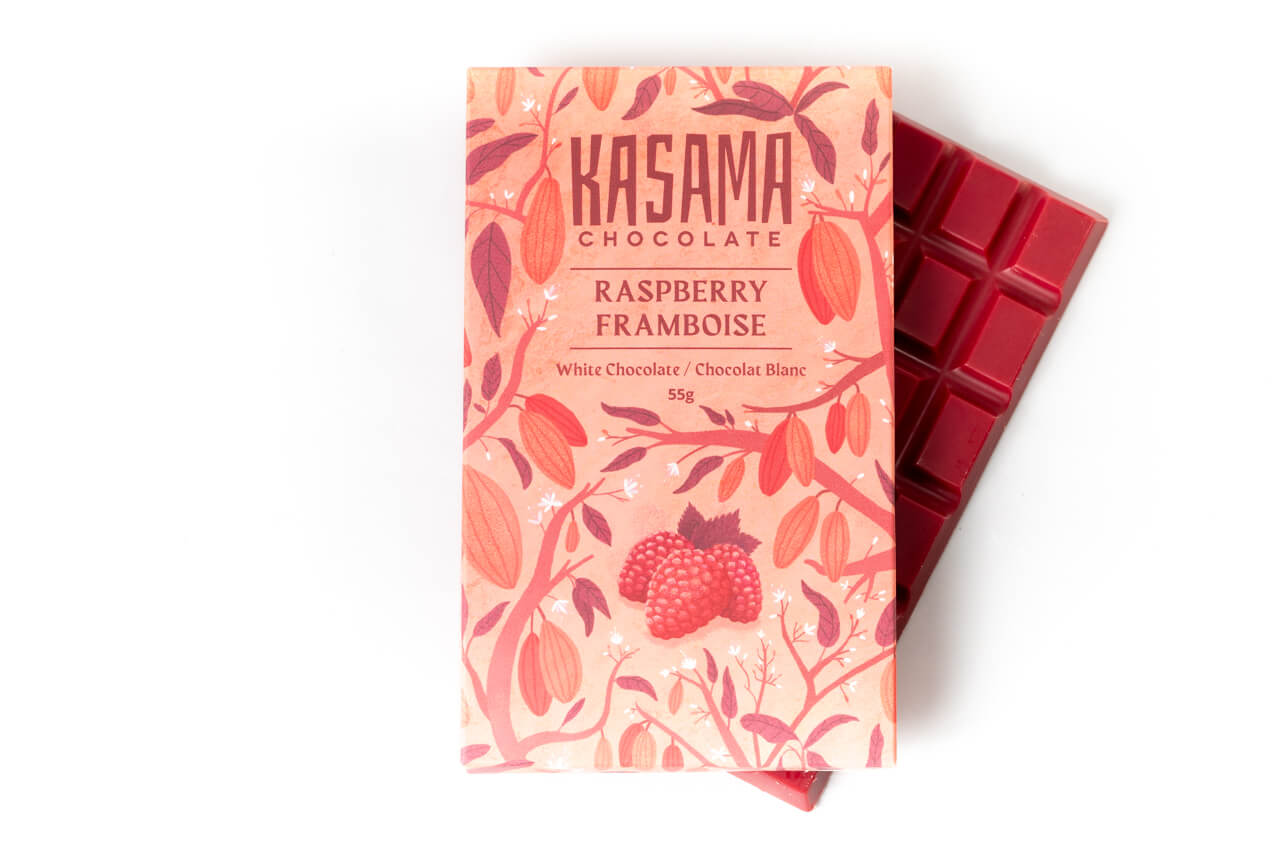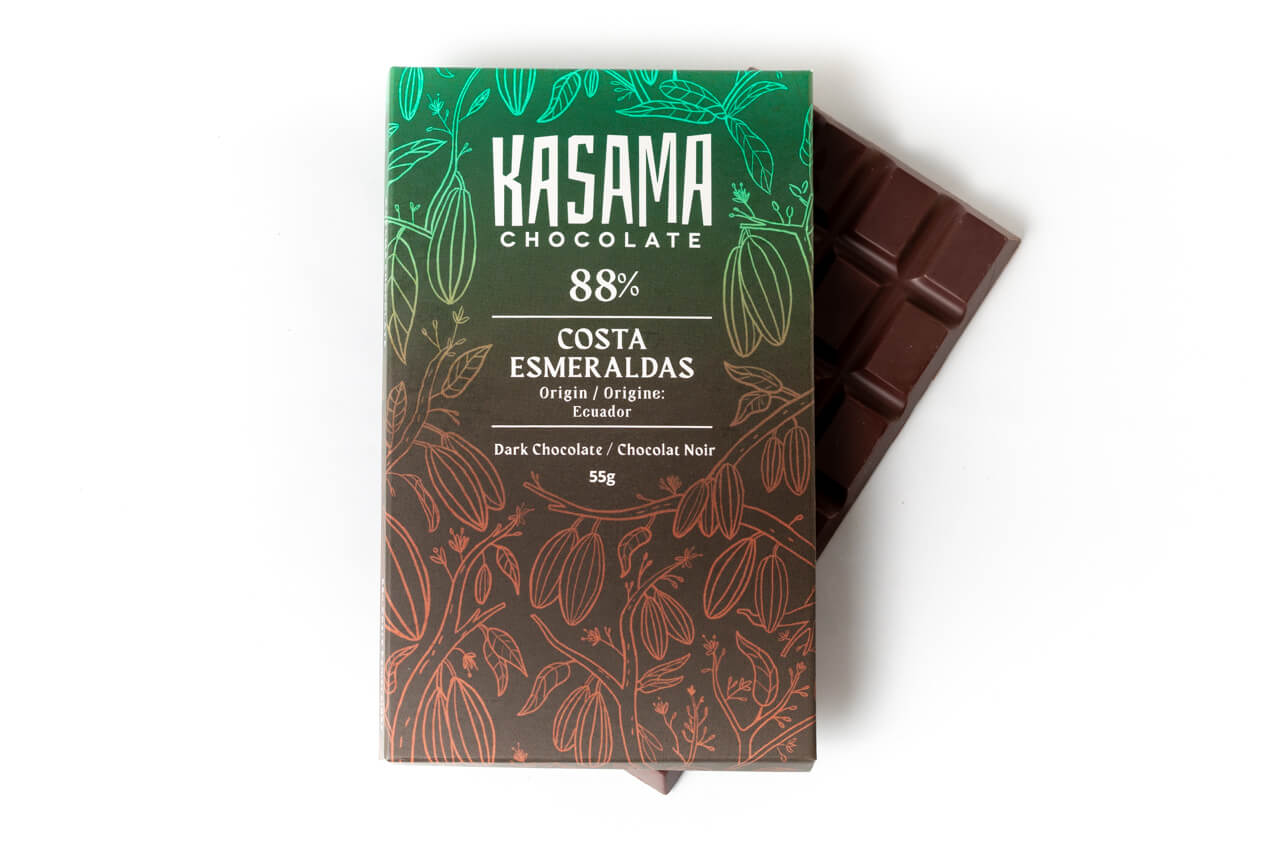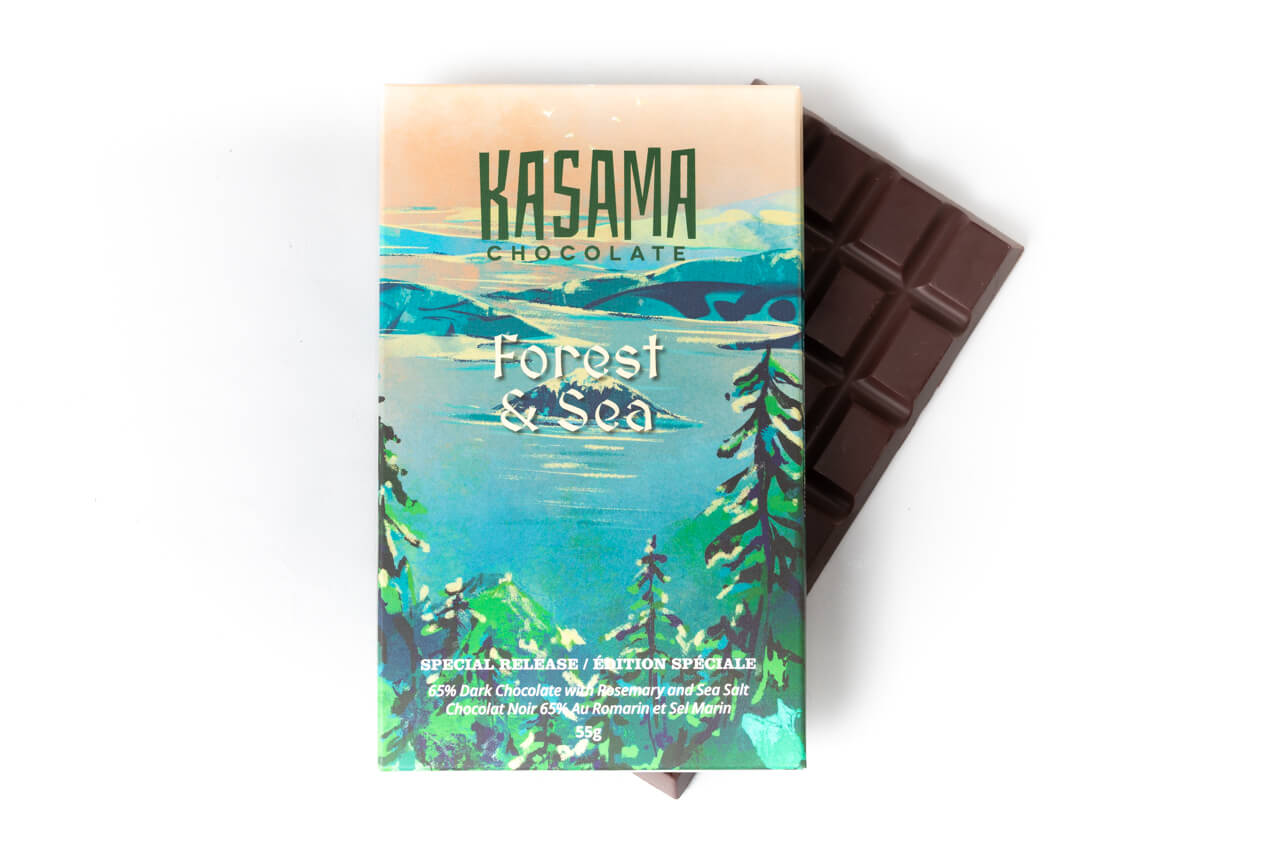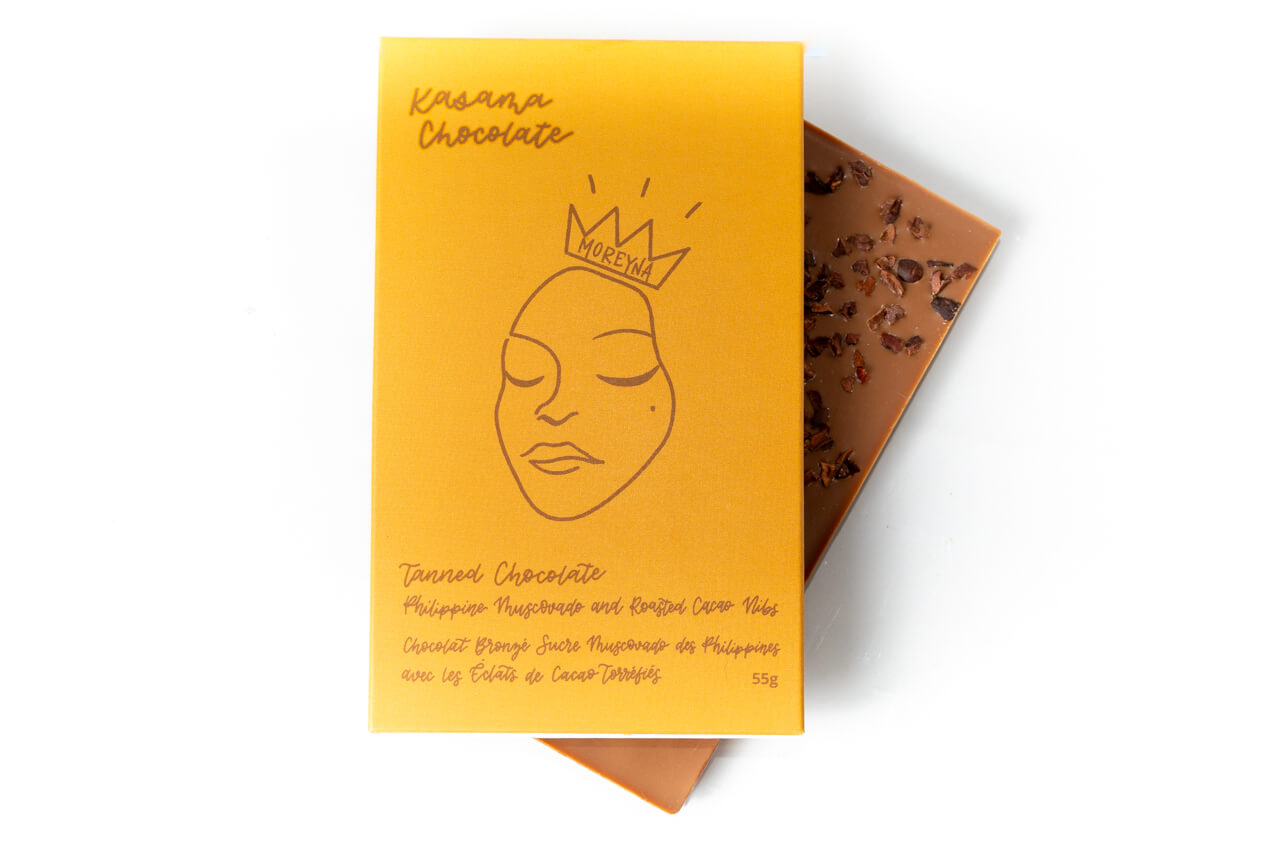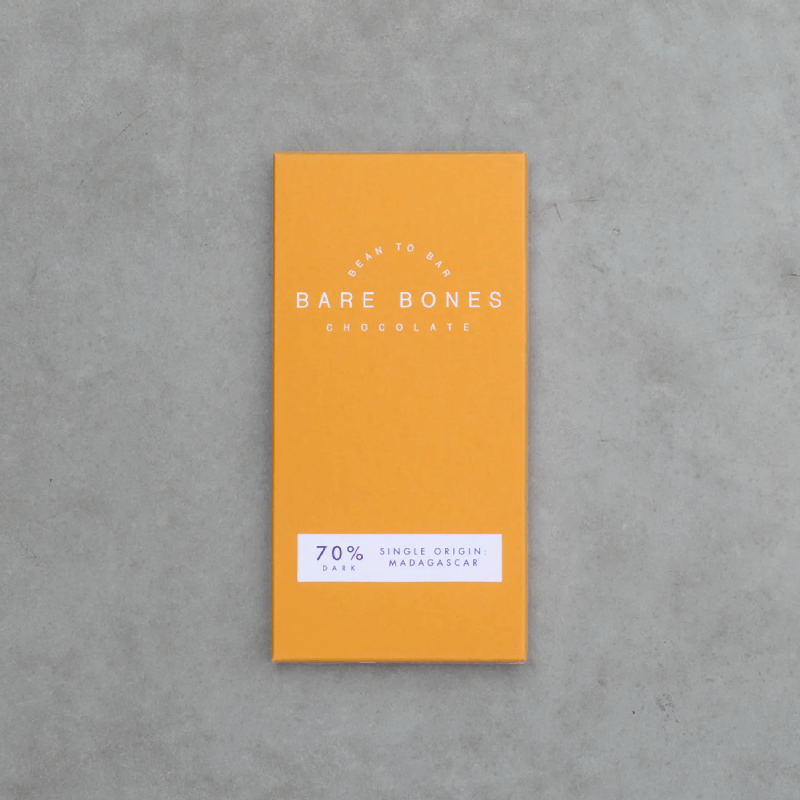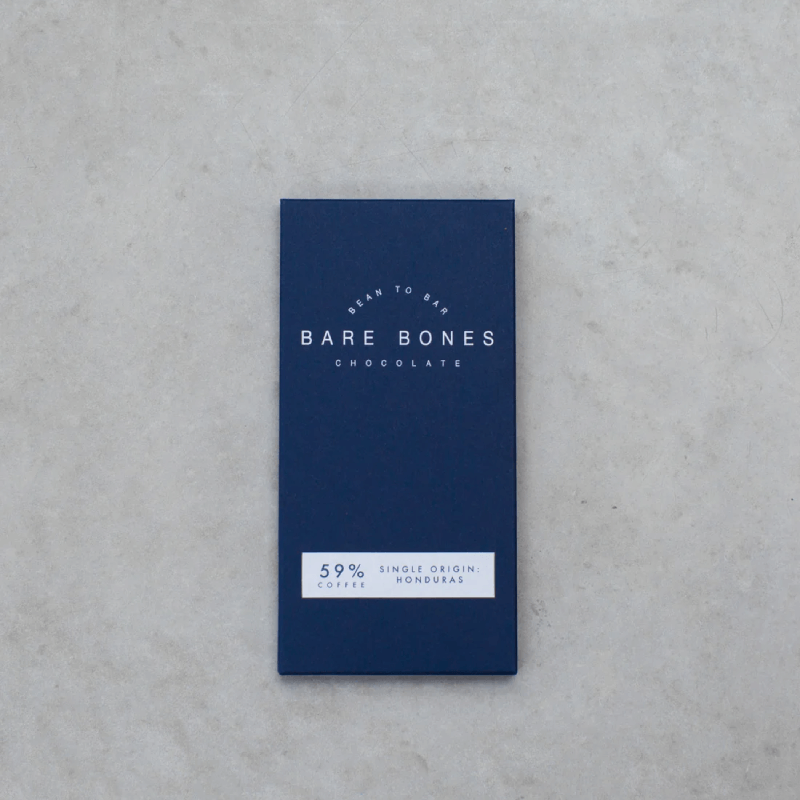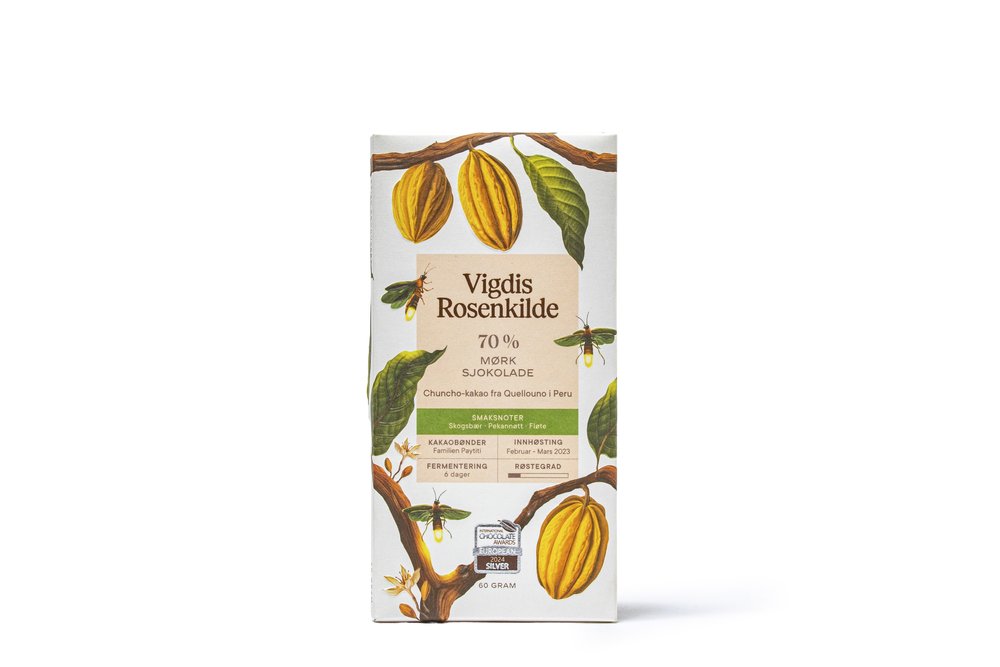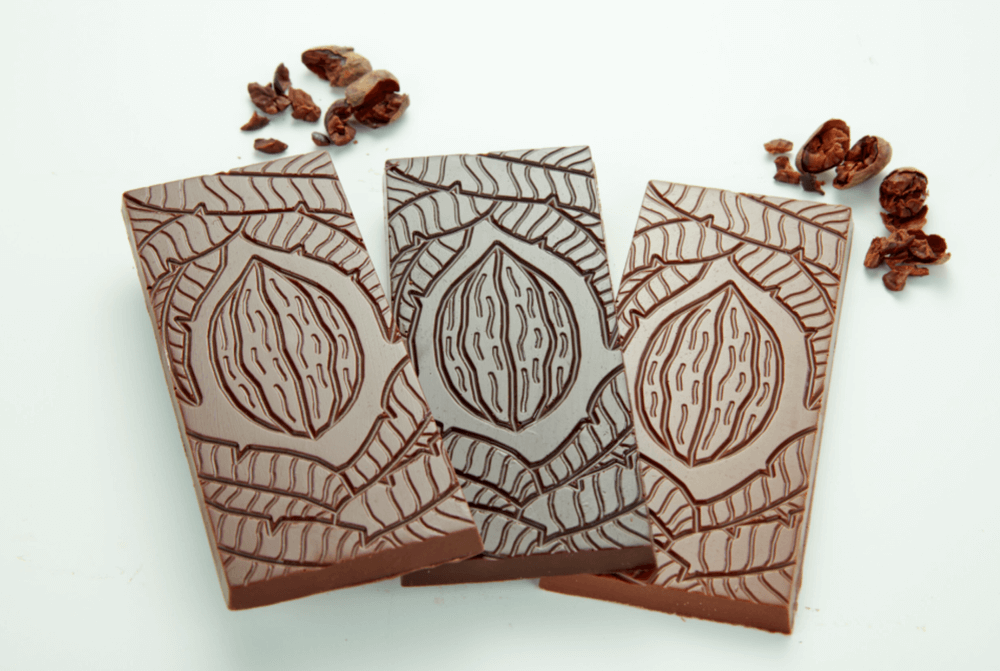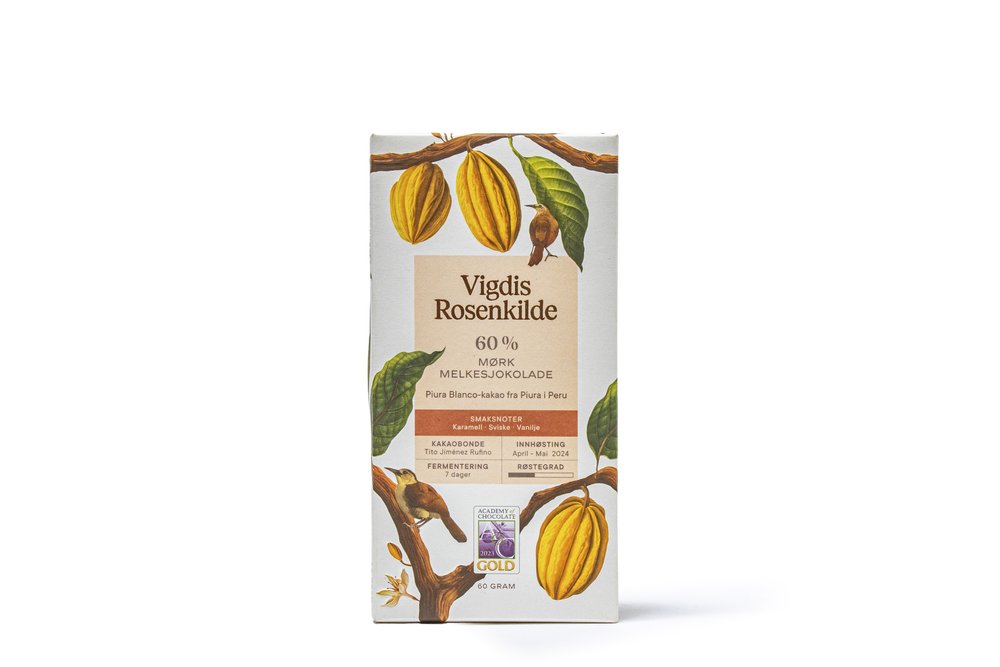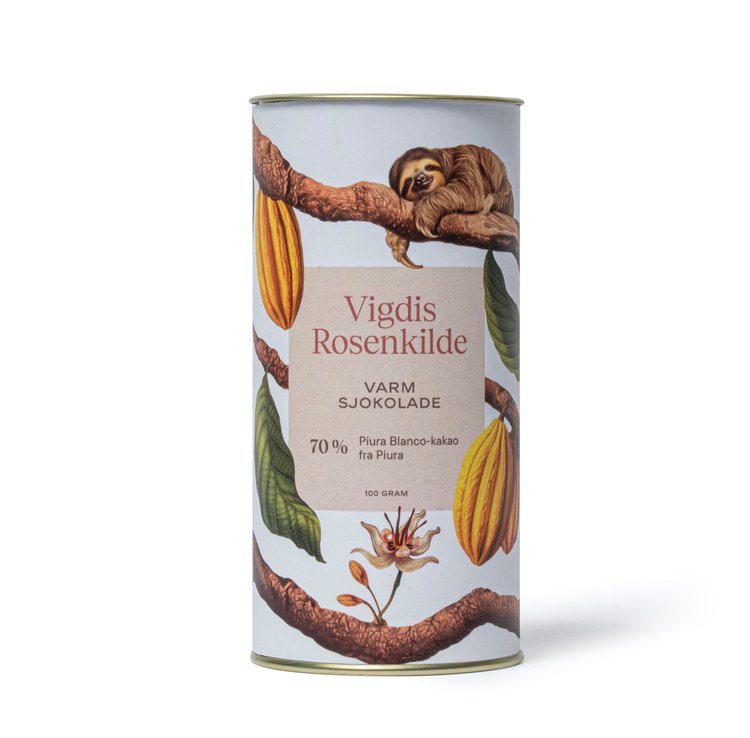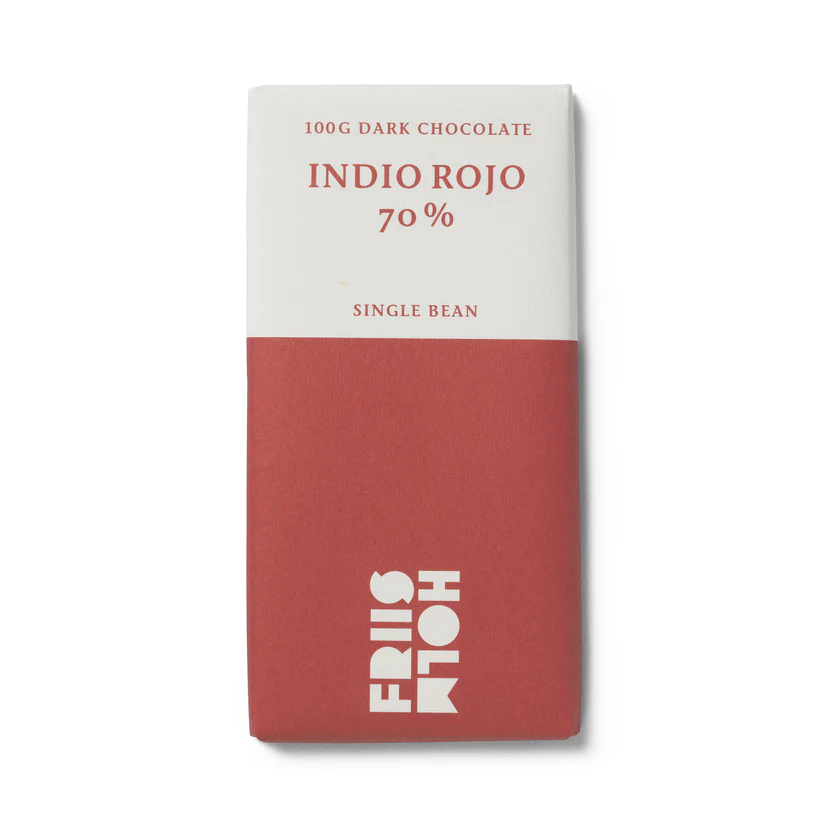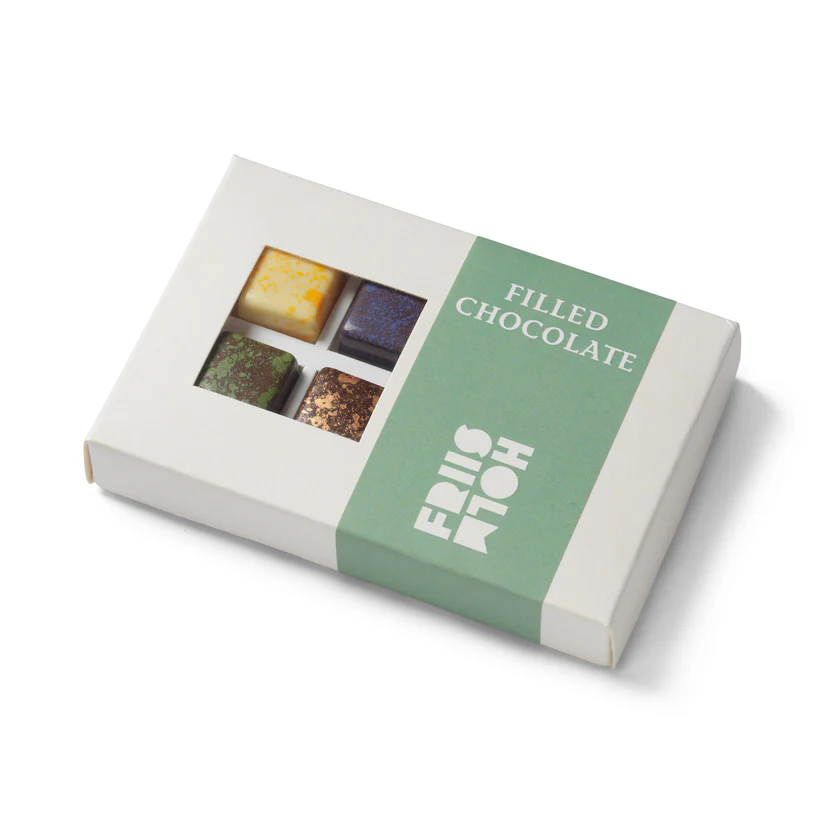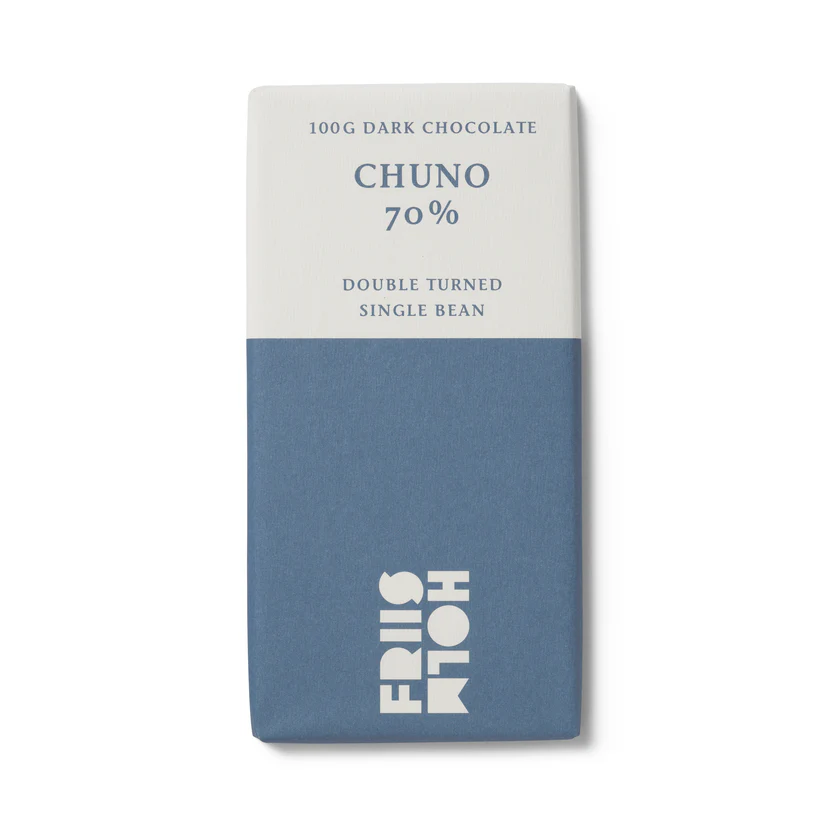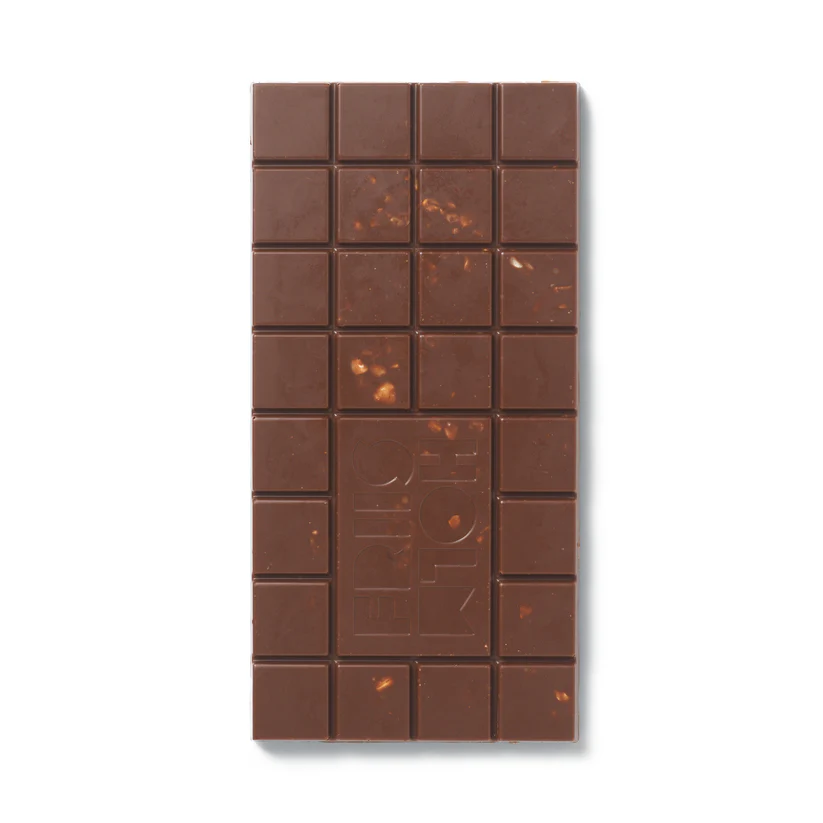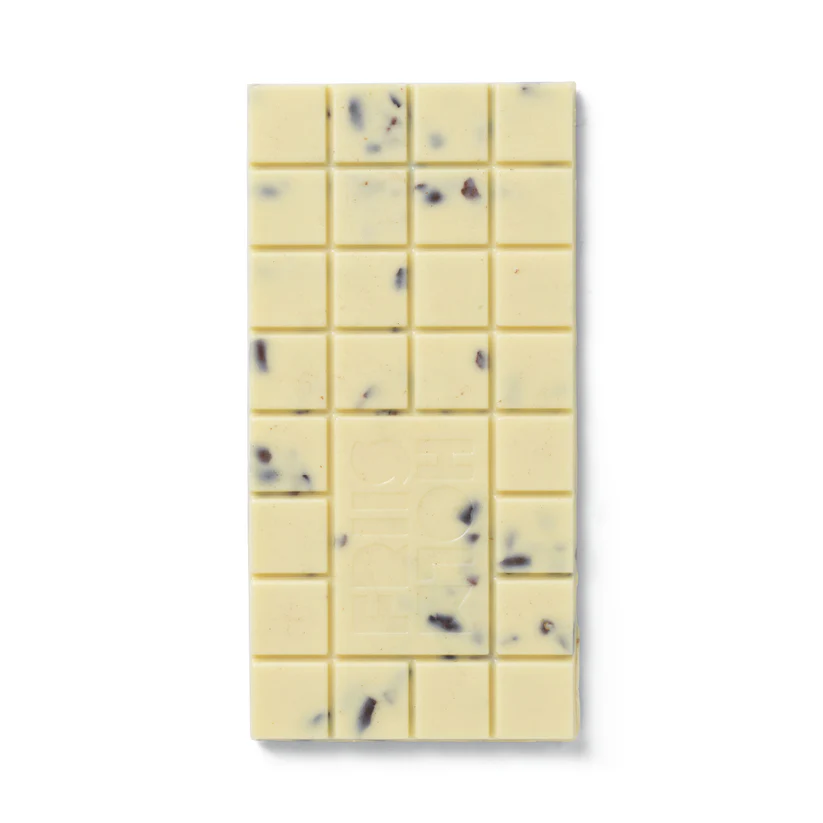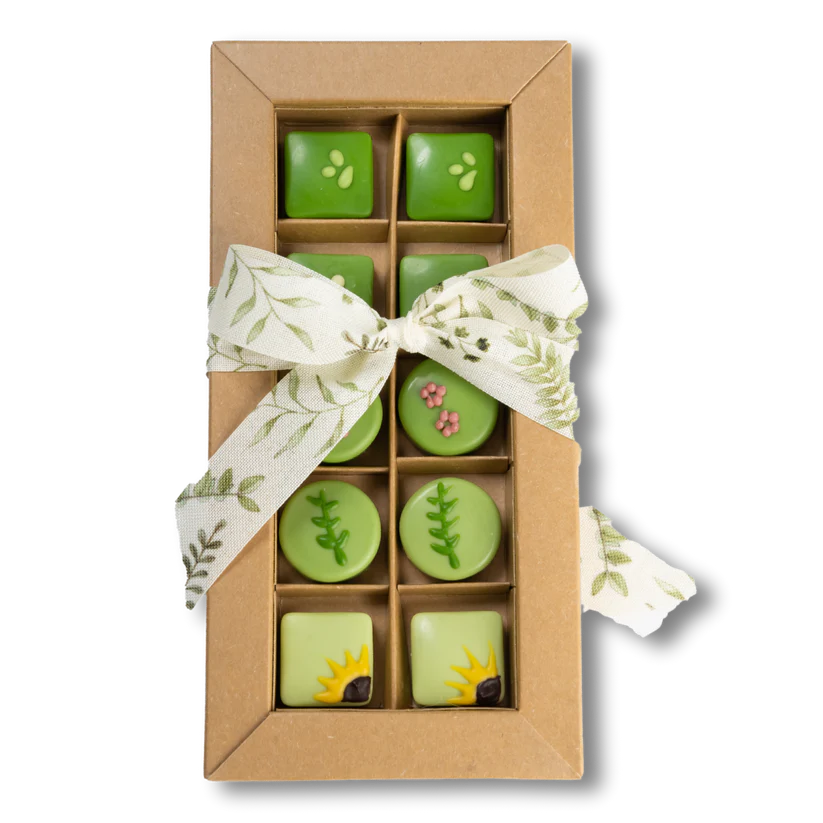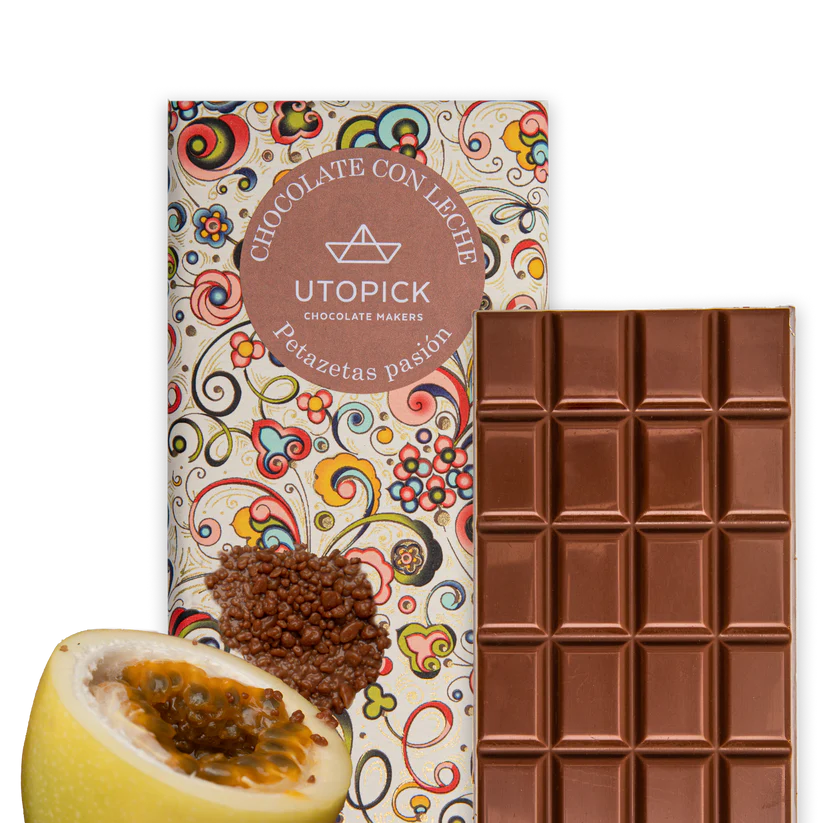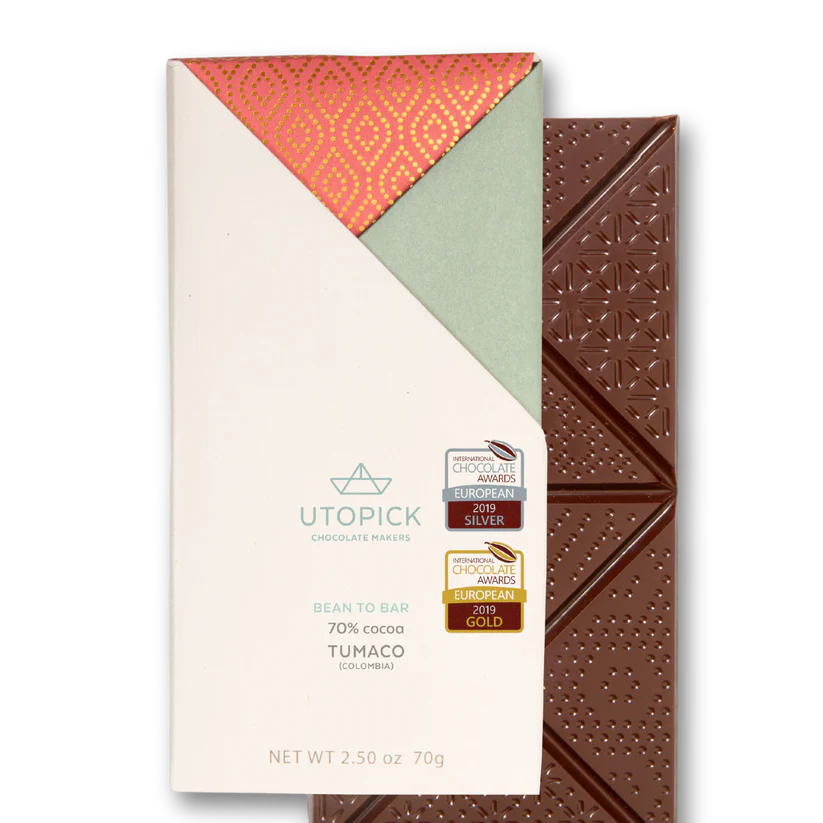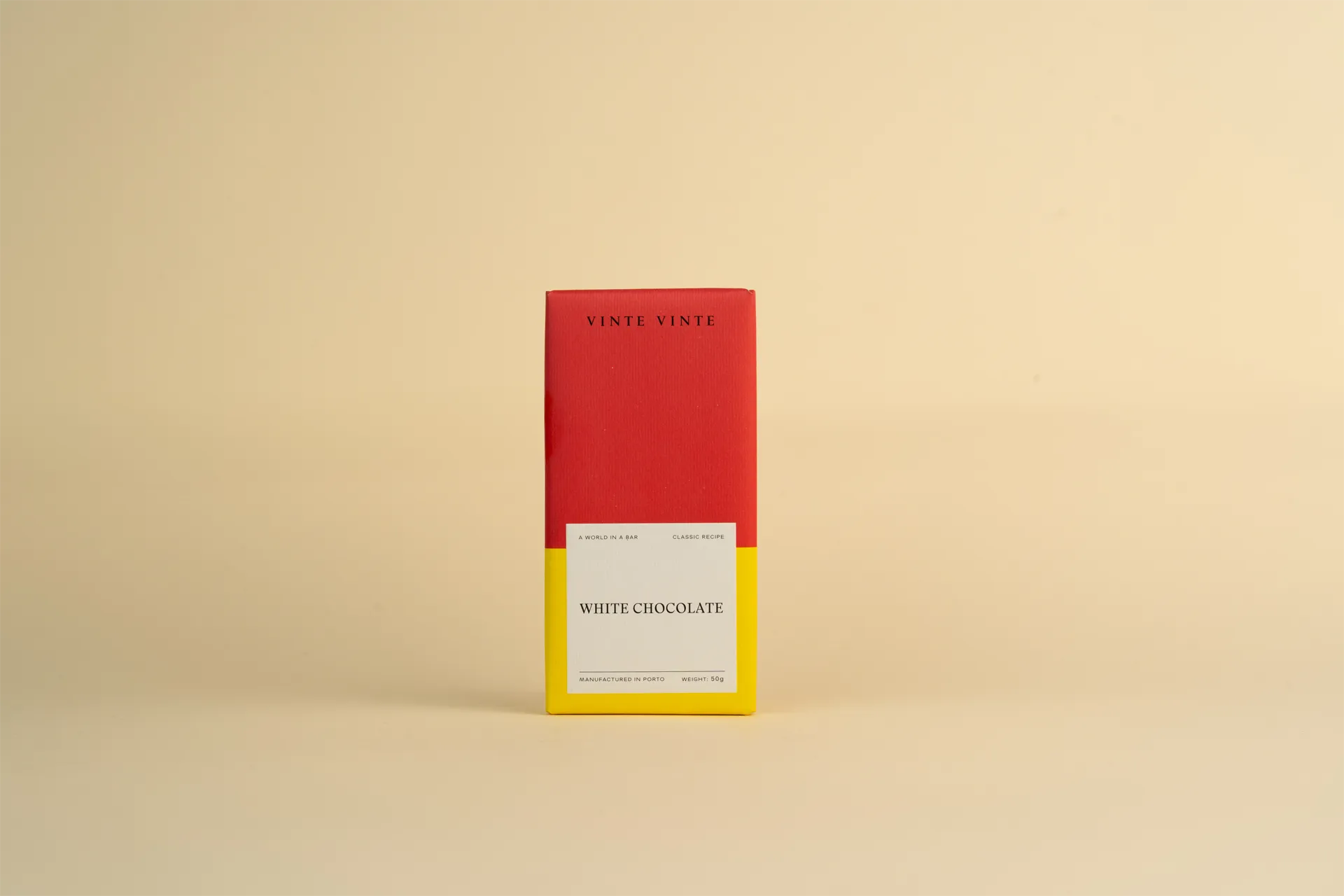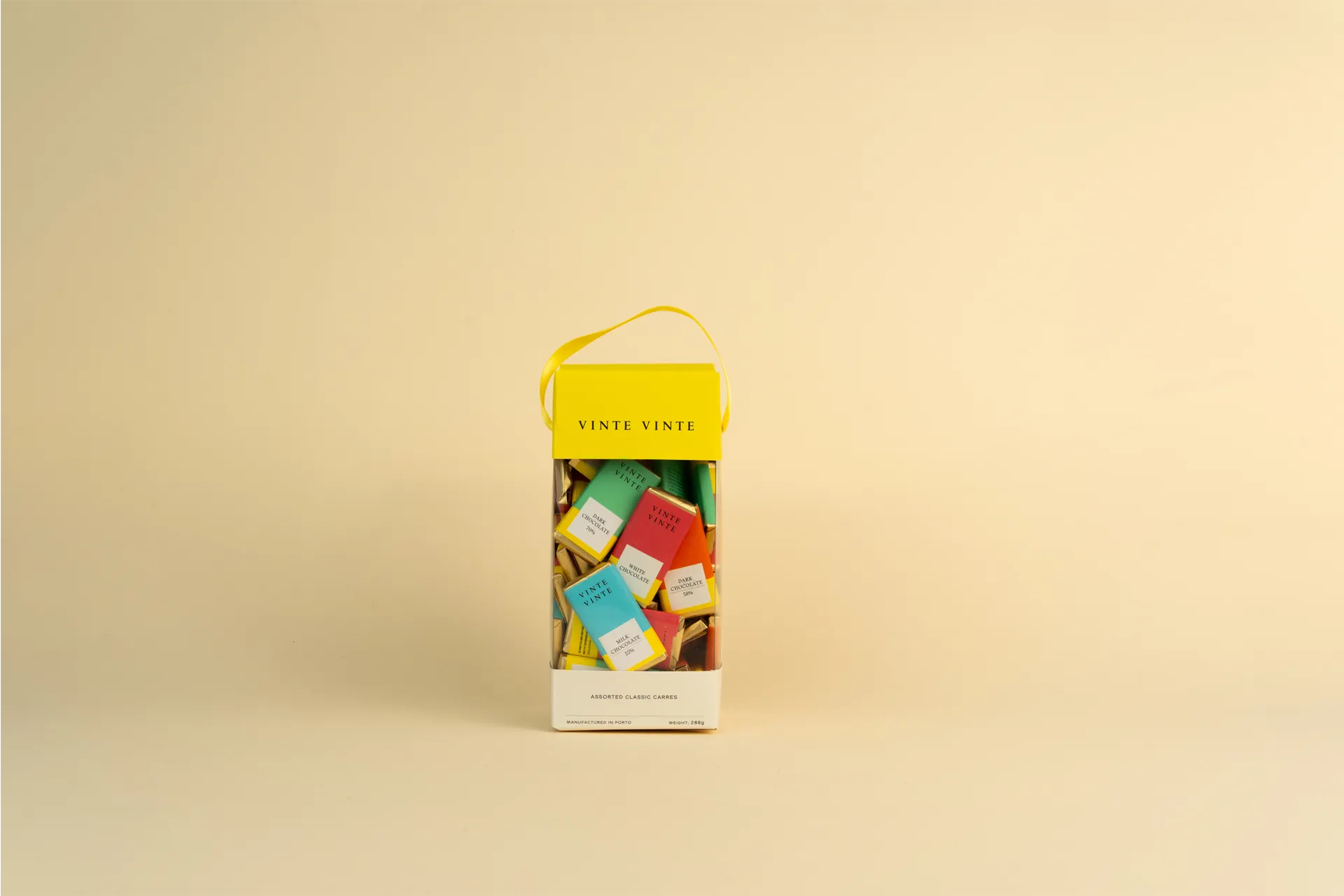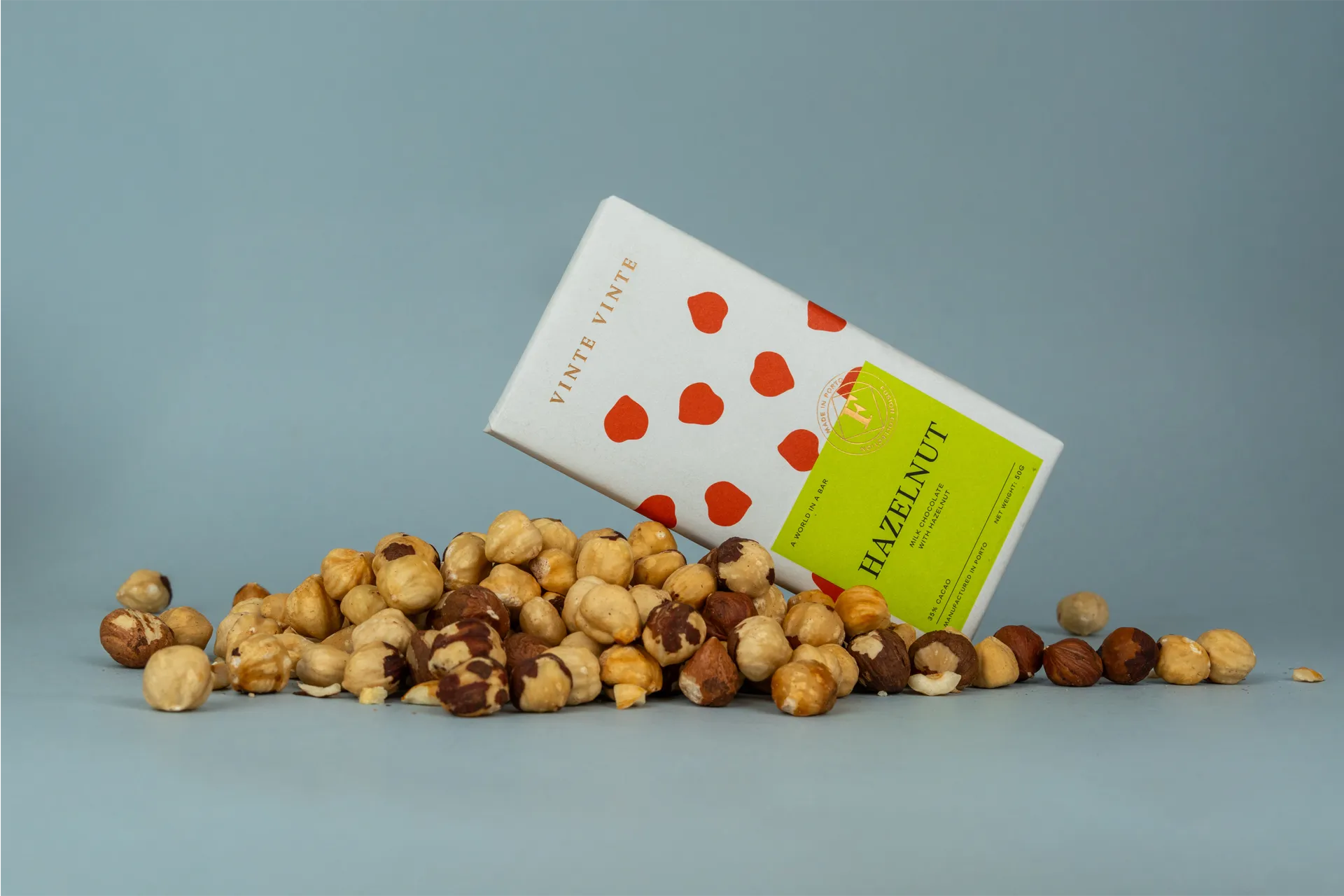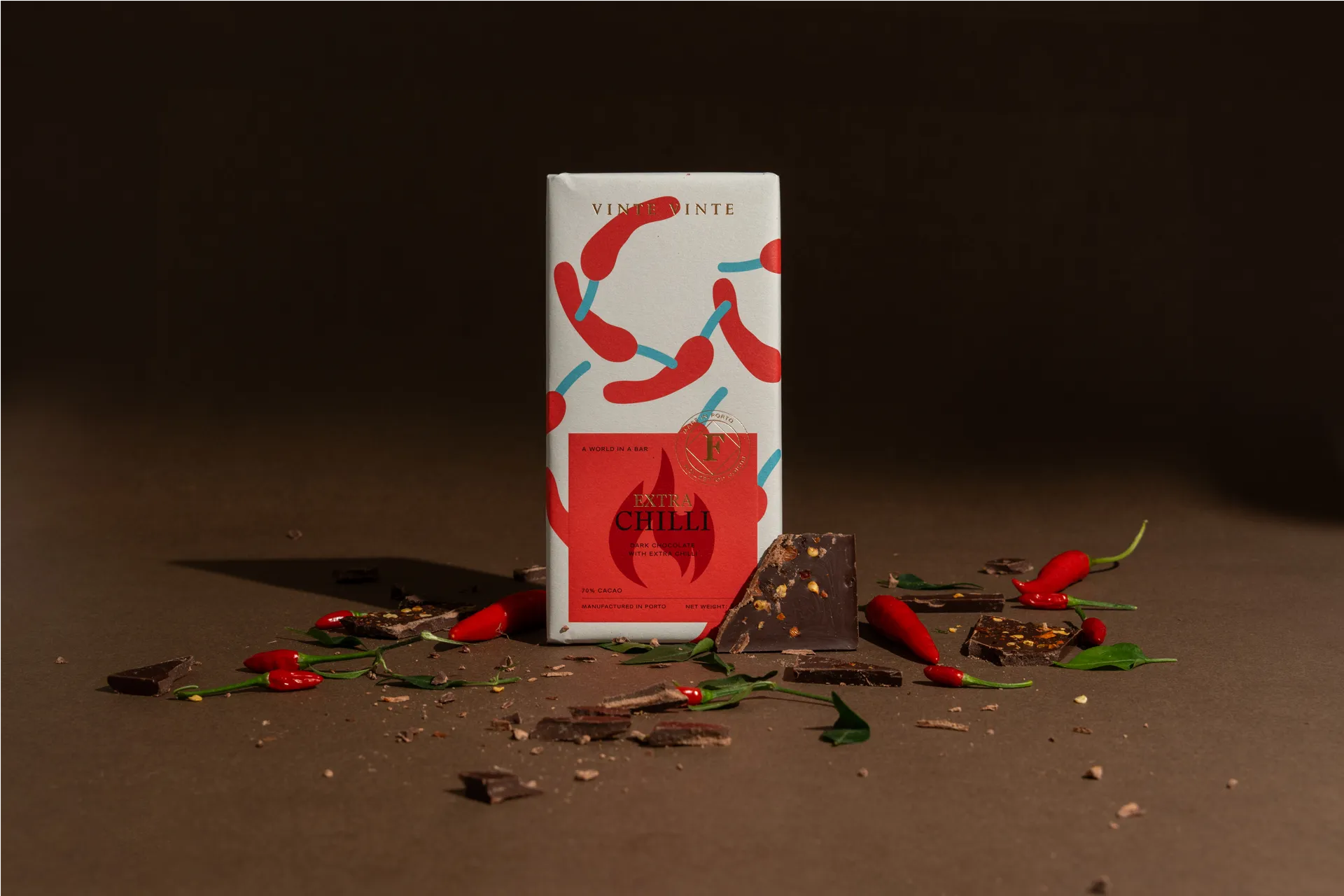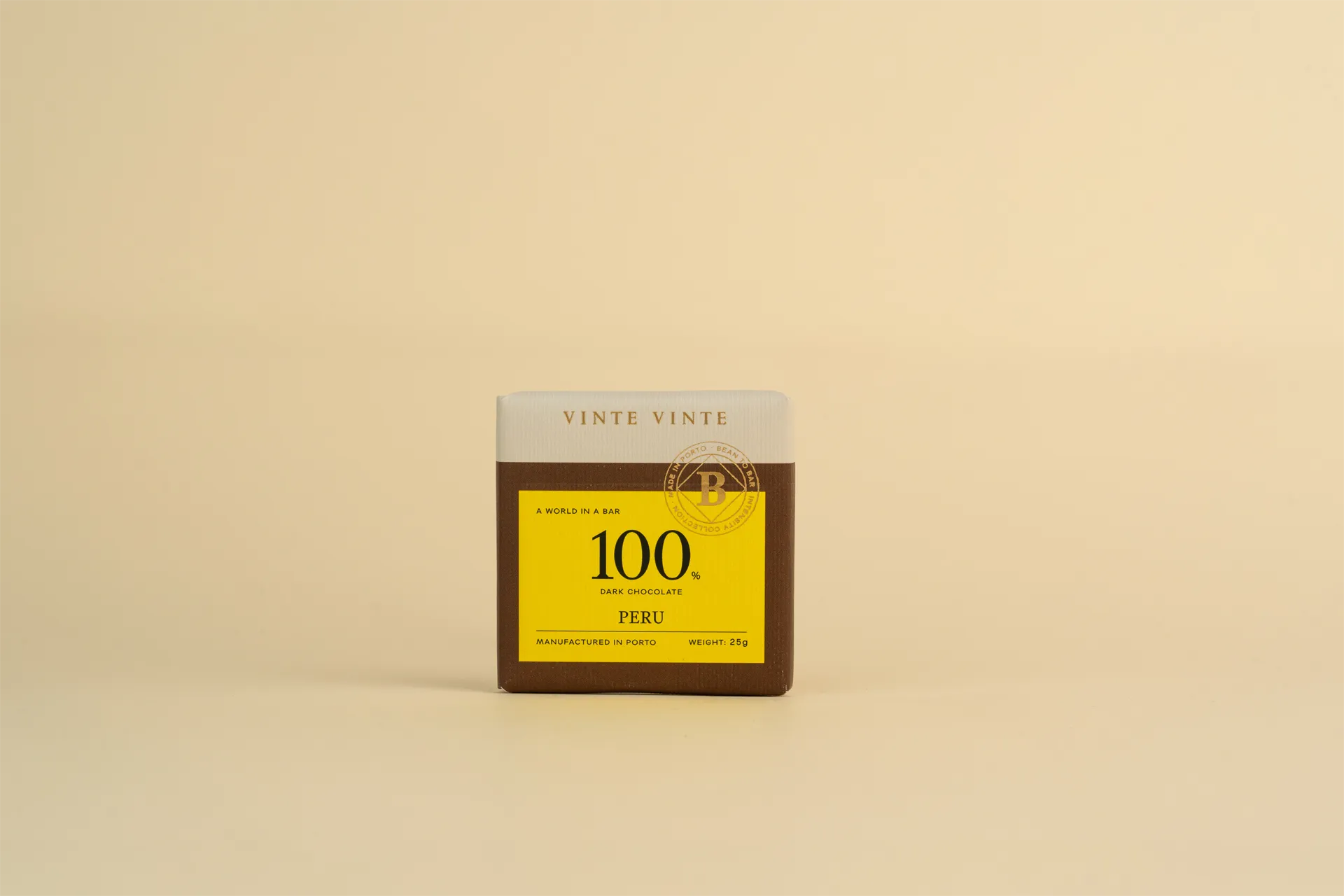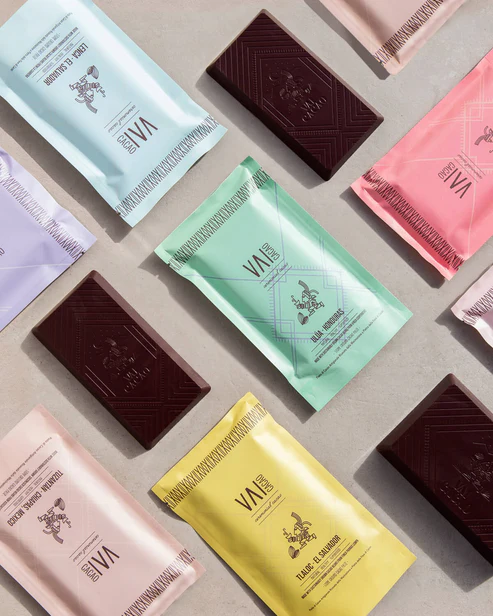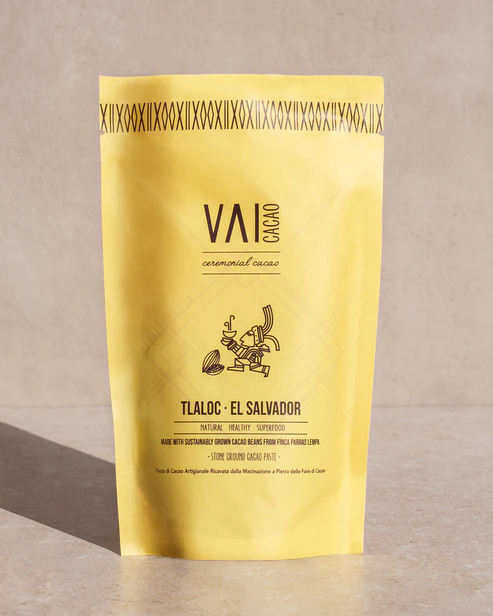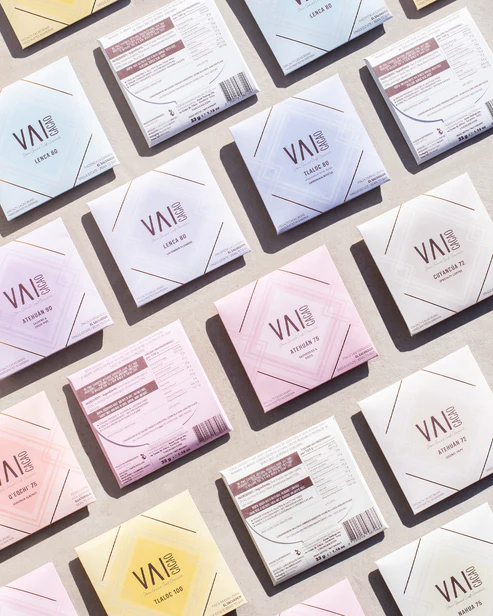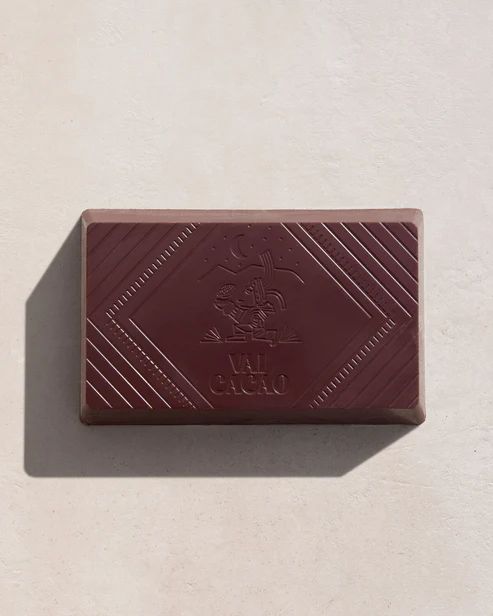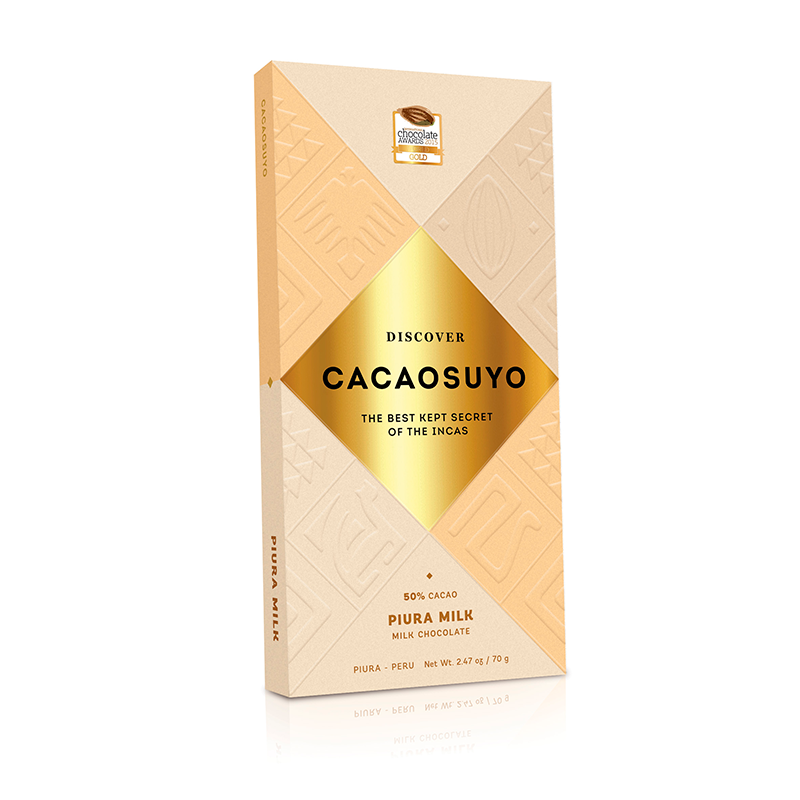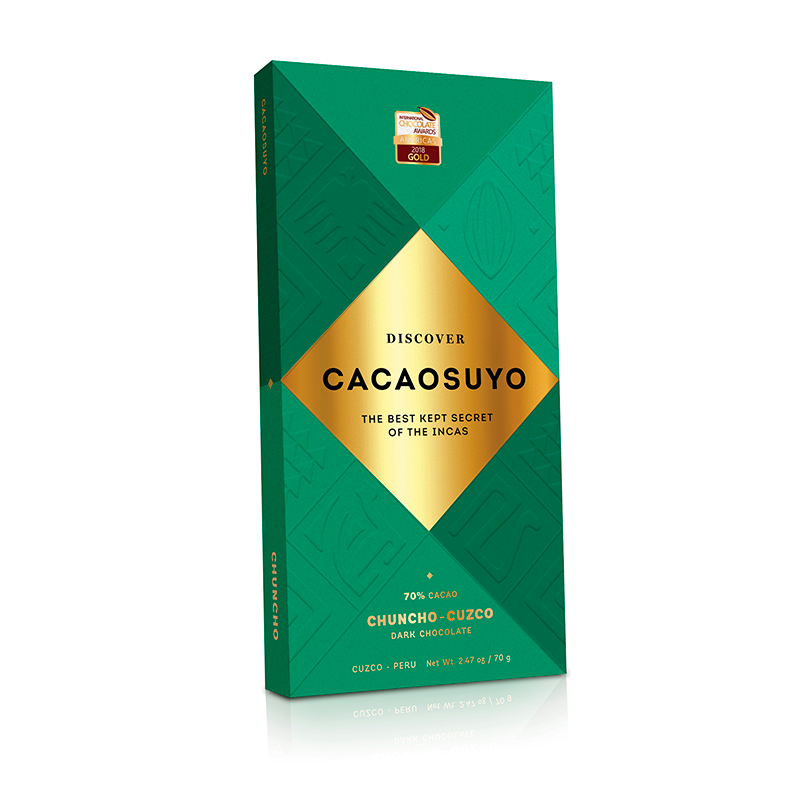10 Best Bean-to-Bar Chocolate Makers in 2025
Not sure which bean-to-bar chocolate is worth trying? Discover how it’s made, why it matters, and who’s doing it best in 2025.
Published May 11, 2025.
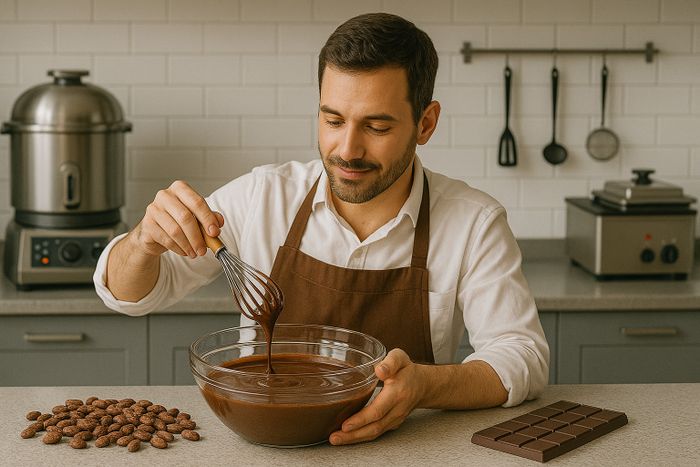
Are you ready to experience chocolate in its most authentic, flavorful form? Bean-to-bar chocolate has revolutionized how we think about this beloved treat, elevating it from mass-produced candy to an artisanal craft worthy of high appreciation.
In this guide, we'll explore what truly defines bean-to-bar chocolate, why it stands apart from industrial alternatives, and which makers are creating the most exceptional bars in 2025.
Whether you're a chocolate connoisseur or simply curious about premium chocolate, you're about to discover why these artisanal treats are worth every penny.
» Discover our wide variety of bean-to-bar chocolates
What is bean-to-bar chocolate?
Bean-to-bar chocolate represents both a production process and a philosophy.
At its core, it refers to chocolate made by a single producer who controls the entire manufacturing journey, from sourcing raw cacao beans directly from farmers to creating the finished chocolate bar. This is fundamentally different from how most chocolate is made.
Unlike industrial chocolate producers or chocolatiers who work with pre-made chocolate (couverture), bean-to-bar makers invest in equipment and expertise to transform raw cacao into finished chocolate bars.
They control every aspect of flavor development along the way, from roasting to conching to tempering.
The bean-to-bar approach celebrates the unique characteristics of cacao from different origins. It emphasizes craftsmanship, quality, and a direct connection to cacao sources—values that resonate with both chocolate enthusiasts and ethically-minded consumers seeking transparency in food production.
Bean-to-bar vs. industrial chocolate
Industrial chocolate prioritizes consistency and scale, often using commodity-grade cacao beans blended together to achieve a uniform flavor profile. Additives like extra cocoa butter, vanilla, and emulsifiers help maintain this consistency while extending shelf life.
Bean-to-bar chocolate, by contrast, typically contains minimal ingredients—often just cacao beans and sugar. The focus is on highlighting the natural flavors of the beans themselves, which can range from fruity and floral to nutty and earthy depending on the bean variety and origin.
This artisanal approach results in chocolate with more complex flavor profiles, ethical sourcing practices, and often higher quality, though it comes with a higher price tag reflecting the careful craftsmanship involved.
» Find out what makes tempering bean-to-bar chocolate more challenging
What makes a great bean-to-bar chocolate maker in 2025?
Flavor complexity and terroir expression
The best bean-to-bar makers excel at highlighting the unique flavor notes tied to a cacao bean's geographic origin. This is achieved through precise roasting and conching techniques that bring out distinctive characteristics without masking the bean's natural flavor profile.
Top chocolate competitions now specifically recognize bars that showcase a range of flavors from the cocoa bean itself. Great makers skillfully balance acidity, bitterness, and fruity or floral undertones in their bars.
» Find out why salt enhances the flavour of chocolate
Ingredient transparency and purity
The best chocolate makers prioritize minimal, high-quality ingredients. Their bars typically contain just cacao, cocoa butter, and organic sugar—avoiding emulsifiers or artificial flavors that might interfere with the chocolate's natural taste.
Awards like The Chocolate Alliance now specifically recognize bars for their ingredient simplicity. Experts recommend looking for ingredient lists that start with cacao derivatives rather than reconstituted powders. Transparent labeling of cocoa percentages has also become an industry benchmark.
» Does cacao have a best single-origin? Let's find out.
Ethical sourcing and farmer equity
Leading bean-to-bar makers have moved beyond simple fair trade claims to establish direct trade relationships with farmers. Many publish farm-level traceability information and pay 2-3 times commodity prices to ensure farmers receive fair compensation.
The best makers partner with cooperatives that use sustainable methods like agroforestry or organic farming techniques. This approach mirrors criteria established in other industries, prioritizing both fair wages and environmental stewardship.
Technical craftsmanship
Superior equipment for roasting, grinding, and conching enables the best makers to refine particle sizes to below 20 microns and optimize flavor development through precise temperature control. Mastery of tempering techniques ensures a glossy finish and crisp texture in the final product.
Award-winning bars demonstrate this technical expertise, resulting in chocolate with perfect mouthfeel, snap, and flavor release. The craftsmanship involved is both science and art, requiring years of experience to perfect.
» Learn more about traditional chocolate-making methods
Top bean-to-bar chocolate makers to know in 2025
The future of bean-to-bar chocolate
As we move deeper into 2025, the bean-to-bar movement continues to evolve, with makers increasingly emphasizing both flavor innovation and ethical responsibility.
The best chocolate now combines exceptional taste with transparent sourcing, minimal processing, and sustainable practices—a combination that benefits everyone from cacao farmers to chocolate lovers.
For consumers, this represents an opportunity to enjoy chocolate that's not only more flavorful and complex but also more aligned with values like sustainability and fair trade.
The higher price point of bean-to-bar chocolate reflects both the quality of the product and the more equitable supply chain behind it.
Whether you're drawn to the floral notes of Ecuadorian cacao, the fruity acidity of Tanzanian beans, or the rich earthiness of Venezuelan chocolate, there's never been a better time to explore the world of bean-to-bar chocolate.
Each bar tells a story—of place, of craft, and of the people who helped bring it from tree to bar.
» Discover how AI is revolutionising the cacao and chocolate industries
How to choose the best bean-to-bar chocolate
When selecting bean-to-bar chocolate, look for transparency about bean origin, processing methods, and ingredients. The best bars will contain minimal ingredients—typically just cacao beans, cocoa butter, and sugar—and will clearly state the percentage of cacao.
Consider starting with bars in the 65-75% range to experience complex flavor without overwhelming bitterness. Single-origin bars offer the clearest expression of terroir, while inclusion bars (those with added ingredients like nuts or spices) can provide interesting flavor combinations.
Most importantly, trust your own taste preferences. The beauty of bean-to-bar chocolate is its diversity—there's no single "best" chocolate, but rather different expressions that appeal to different palates.
By exploring the offerings from the makers listed above, you'll begin to discover which origins and styles speak most to your taste buds.
» Learn how to use bean-to-bar chocolate in baking
Where flavour meets purpose
Bean-to-bar chocolate offers a rich blend of craftsmanship, sustainability, and bold flavour. It’s more than just a sweet treat—it’s a story worth tasting.
Now that you know what sets bean-to-bar apart, you’re ready to make more informed (and delicious) choices. Whether you prefer fruity, floral, or earthy notes, there’s a bar out there waiting to surprise you.
Support the makers who do things differently. Every purchase helps sustain ethical cacao farming, honours traditional methods, and rewards genuine skill.
So go ahead—treat yourself to a bar that tastes great and feels right. Your chocolate journey has only just begun.
Disclaimer: The chocolate information provided by Kaicao is intended for educational purposes related to chocolate products. We encourage you to embrace the chocolate experience, savor each moment, and explore the world of chocolate with passion.

